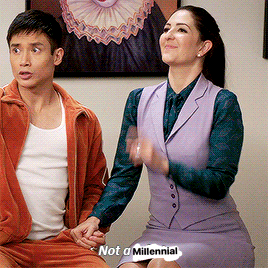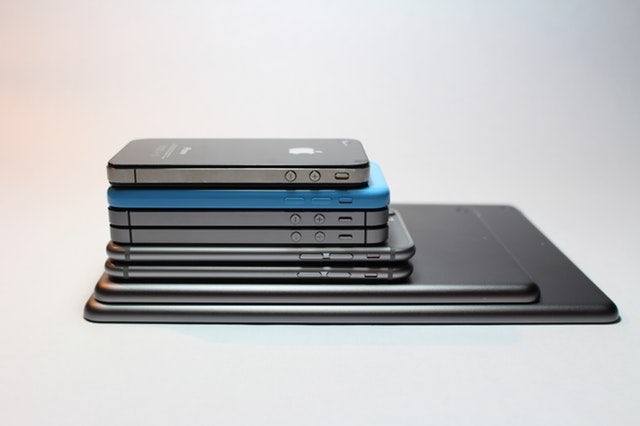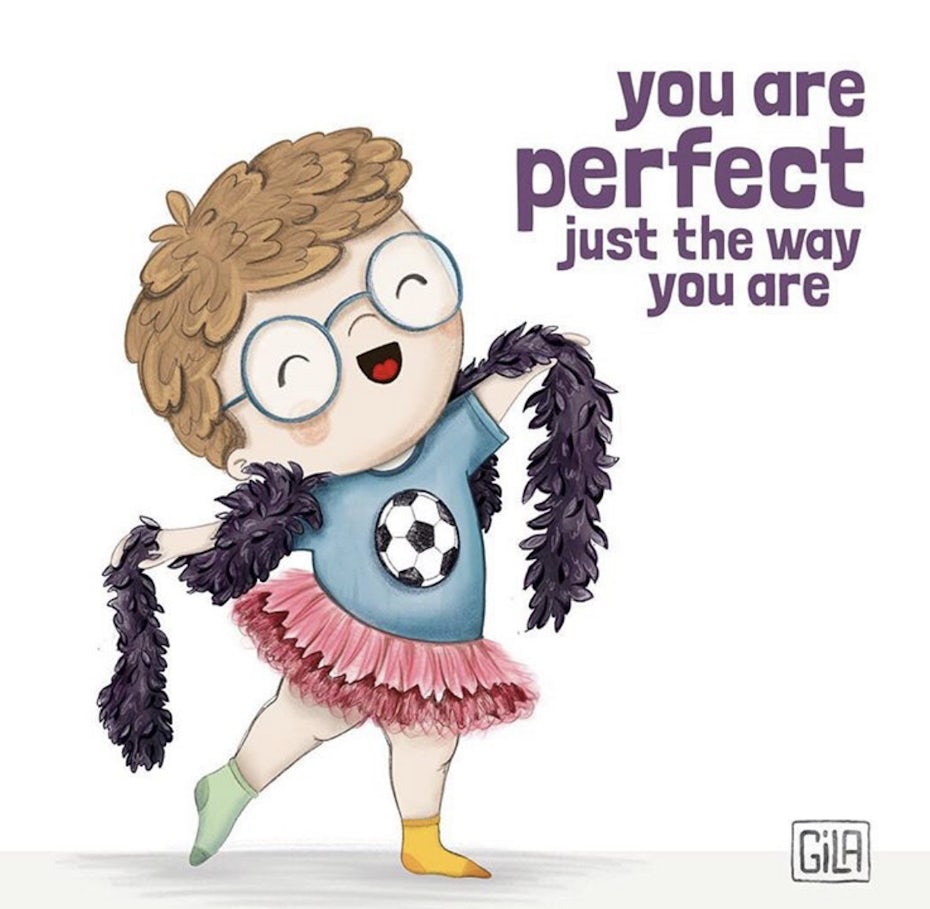Think you can use the same old bag of tricks for Gen Z marketing? OK Boomer.
With the oldest of Generation Z graduating and entering the workforce, more and more brands are turning their sights to what’s promising to be a lucrative demographic. But traditional marketers are in for a surprise—Gen Z is unlike any demographic that we’ve ever seen, more unique than even their closest living relatives, the Millennials.

In this guide, we explain the best ways to approach Gen Z marketing. We’ve collected data and advice from experts to try to unlock the mystery of these young people, but we won’t pretend to understand them completely (supposedly they’re quite into that flavor of blunt honesty).
What is Gen Z?
Generation Z, also known as the iGeneration, Centennials or Zoomers, consists of everyone born after the late 90s—though there’s no official date, a common cut-off point is 1997. At the moment, they’re mostly teens, tweens and children, but the older among them are just now graduating college and high school, signalling their entrance into the workforce.
Why Gen Z marketing is a good idea
This coming-of-age of Gen Z is a big deal to marketers, and is becoming one of the most wide-spread digital marketing trends of 2020. One study by MNI Targeted Media Inc. went as far as claiming Gen Z will comprise up to 40% of all consumers in 2020 and account for $4 billion in discretionary spending. While we’re a bit skeptical of their optimism, even a conservative estimate still proves their market power.

What’s also interesting is that Gen Z seems to handle their money better than other generations. A Lincoln Financial Group study from back in 2016 showed that 60% of Gen Z already had a savings account and 54% had a checking account — more than other generations at their age. A Center for Generational Kinetics study from 2017 revealed that 21% of Gen Z had a savings account before the age of 10.
These studies also showed that Gen Z prioritizes saving money for the future more than other generations. The data paints the picture of Gen Z as more fiscally-responsible, cautious consumers, ostensibly because they grew up in the 2008 recession. As the president of the Center for Generational Kinetics said, “This attitude is creating a major impact on brands, because Gen Z would rather own something without the logo and spend less than pay for the brand.”
Millennial vs. Gen Z marketing: what’s the difference?
While Gen Z marketing may be a far cry from what we’re used to with Boomers and Gen X, there are noticeable similarities with Millennials, those born between the early 80s and late 90s. The strongest similarity is probably how easily both generations adopt to new technology and implement it in their lives. However, the cultural values seem to follow suit as well, though with distinct differences.

For one thing, Gen Z prioritizes saving money more than Millennials, as we explained above. So right away, one of the big differences in Gen Z marketing is an emphasis on value and bargain-hunting. Some experts also claim a deviation in personality traits, where Gen Z is more competitive and less idealistic than Millennials, echoing the differences in how they treat finances.
Scott Fogel of Fast Co. points out the differences in Gen Z’s sense of humor compared to Millennials. While both tend to go for more offbeat and quirkier humor than previous generations, Gen Z favors absurdism while Millennials stick with witty and clever jokes. Gen Z is also more openly into self-deprecating humor, whereas Millennials are more secretive about their flaws.
In practical terms, we know that Gen Z spends more time on mobile devices than Millennials. When it comes to social media, Gen Z is more invested than Millennials, with 42% of Gen Z saying that social media influences their self esteem.

To be fair, though, it’s better to wait before jumping to any concrete conclusions. Gen Z is still very young and needs more time to mature and develop their own unique characteristics—after all, no one wants to be judged by how they acted as a teenager.
5 Guidelines for marketing to Gen Z
—
Want some hands-on advice for Gen Z marketing? Here are 5 best practices.
1. Find Gen Z in their natural habitats
Without beating around the bush, Gen Z’s favorite sites are YouTube, Instagram and Snapchat. Start there if you’re looking for where to spend your advertising dollars—but we can learn more if we dive deeper.
These three sites all emphasize visuals and allow videos, suggesting that Gen Z prefers to watch instead of read. Sites like Facebook and Twitter are over for Gen Z, despite being leaders among the population as a whole.

We can also glean insight into what type of content Gen Z likes. The MNI Targeted Media study shows the popularity of streaming audio, suggesting that podcasts and internet radio are ideal venues for marketing to younger groups. The success of the visual social media sites shows that Gen Z responds well to video blogs, photography, online comics, GIFs and memes. The big winner, though, is short-form video, which we explain below.
2. Walk the line between personalization and privacy
Here’s a couple Gen Z statistics to consider together:
- 88% of Gen Z say that “protecting my privacy is very important to me.” (n-gen)
- 44% of Gen Z expect advertising to be relevant to them. (MNI Targeted Media Inc.)
Almost all of Gen Z wants brands to respect their online privacy, but almost half want personalized ads. That’s a slim tightrope brands have to walk. No one said marketing to Gen Z was easy.

The most logical solution is to ask Gen Z whether or not they want to opt-in to personalized ads. Sites geared towards younger audiences are offering more customization options when it comes to online data, leaving the responsibility in the user’s hands.
The critical factor here is the choice. Using their data for personalized ads with their permission—good idea. Using their data without their permission—very bad idea.
3. Stand for something (besides profit)
Citing the MNI study again, Gen Z comes across as a generation of do-gooders: 68% say doing their part to make the world a better place is important, and 56% consider themselves socially conscious.
What’s more, they expect their brands to do the same. A National Retail Federation report shows that 55% of Gen Z choose “brands that are eco-friendly and socially responsible.” If you want to appeal to Gen Z, stand up for social and/or environmental issues.

In that vein, diversity in your brand’s media can go a long way. Gen Z is itself the most diverse generation to date, with an innate awareness of how race, gender and sexual orientation are depicted (or not depicted). While these may be hot-button issues for older consumers, for Gen Z they’re commonplace. These young people have grown up surrounded by a diverse range of people, so it seems weird to them if a brand’s media is homogenized.
Of course, take Gen Z’s progressivism with a grain of salt; a study from Morning Consult showed that Gen Z adults (18-21) ranked the less-than-progressive Chick-Fil-A as their 11th favorite brand, beating out Instagram and Marvel Studios.
4. Say it in a short-form video
In Gen Z marketing, video is king. A Think with Google study revealed that 71% of Gen Z spends more than 3 hours every day watching online videos, whether social media videos or streaming TV/movies. That statistic also refers to mobile devices—3+ hours watching videos on mobile devices per day.
But not just any video will do. Brands should stick with short-form video, considering the dwindling attention spans of every new generation. Quick, bite-sized videos are most effective, or else you risk getting skipped.
Of course, what’s in the video depends on your brand and which Gen Z groups you’re targeting. If you’ve never made a branded video, you might want to check out our full video marketing guide; or if you just want to know how to get started, you can read our guide on building a video marketing strategy from scratch.
5. “But above all, in order to be, never try to seem.”
No one understood Generation Z better than Albert Camus, a French philosopher who died 60 years ago. His quote above perfectly encapsulates how much Gen Z values authenticity. If your brand tries to seem cool, it will never actually be cool.

Gen Z can smell phonies a mile away. They can fact check and cross-reference you before you even finish typing your tweet. While other generations were more forgiving of fraudulent advertising, Gen Z won’t hesitate to take their money elsewhere.
Rather than trying to imitate their style to show that you “get it,” you’ll receive better results by hiring or working with someone who actually does get it. Gen Z entering the workforce goes both ways, you can just as easily hire a Gen Z-er to market yourself to other Gen Z-ers.
Even better, use influencers or microinfluencers. If you can partner with a YouTube star or Snapchat icon, Gen Z viewers are more likely to believe their vote of confidence than your own promotional material.
Rethinking Gen Z marketing
—
To be perfectly candid, most companies aren’t ready to market to Gen Z. We saw a huge upheaval years ago when Millennials first entered the workforce, and Gen Z is even further away in the generational divide. Although Millennial marketing can help guide us, Gen Z marketing is shaping up to be an entirely new thing.
Like Gen Z itself, marketers should go into it with an open mind. Don’t presume the old rules to hold true, especially where deception, privacy and social issues are concerned. Marketing to Gen Z is a whole new ball game, and like recent graduates applying for their first full-time jobs, we’re all figuring it out as we go.
The post Gen Z marketing: giving the youngest generation what they want appeared first on 99designs.
No comments:
Post a Comment